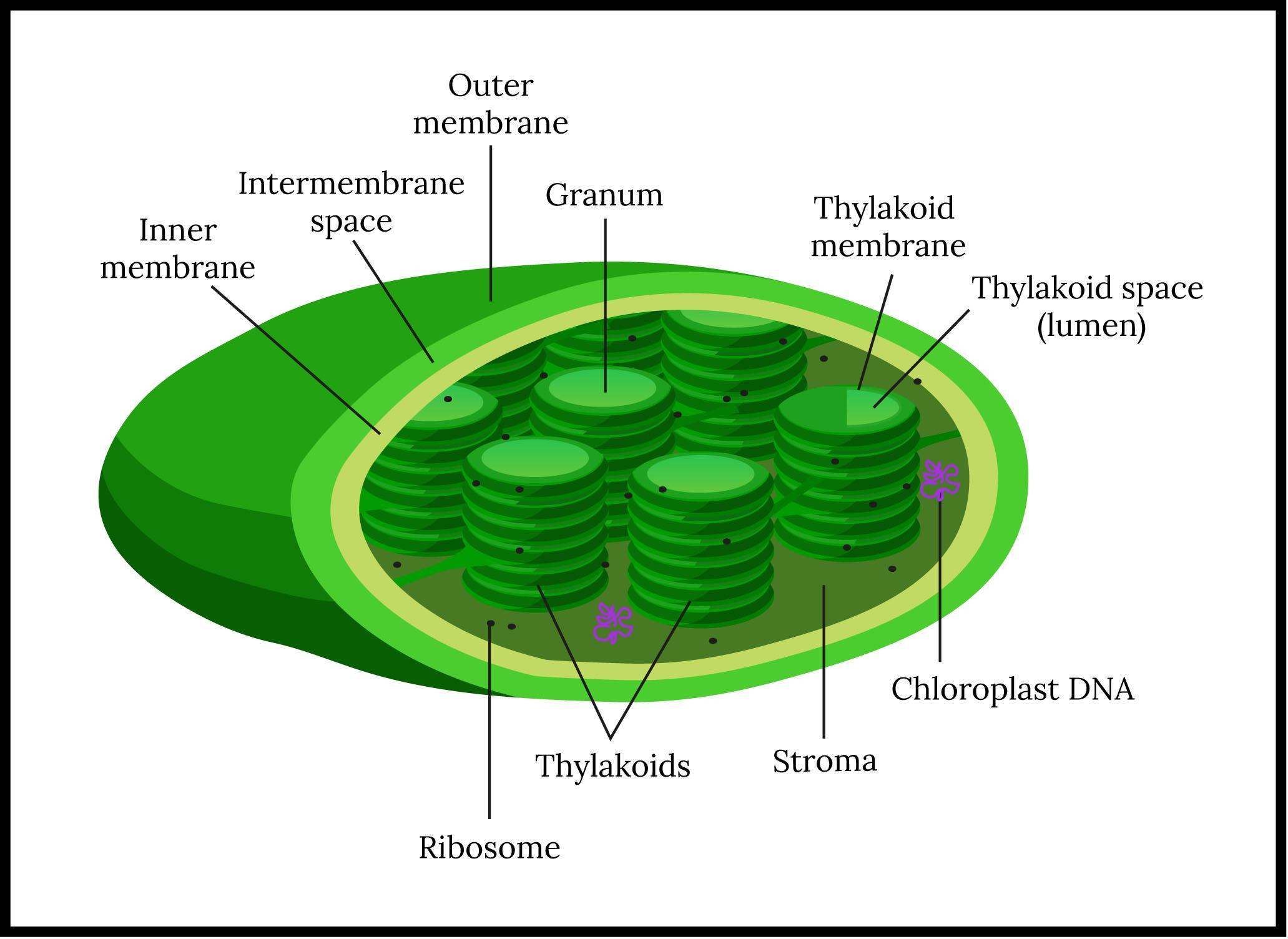
Ribosomes are essential for protein synthesis, but they are present in mitochondria and plastids, the sites of respiration and photosynthesis. What is the role of ribosomes in these cell organelles?
A)Ribosomes transport ATP formed in respiration and photosynthesis to the cytoplasm through the endoplasmic reticulum
B)Subunits of some required proteins are synthesized in these organelles
C)Ribosomes transport RNA and DNA to cytoplasm
D)All the above are correct
Answer
481.5k+ views
Hint: Ribosomes are the enzyme complex, essential for the synthesis of protein. They are found in every cell, but there is smaller in prokaryotic cells. In red blood cells, they are found in large numbers for the synthesis of hemoglobin, which helps in the transport of oxygen throughout the body.
Complete answer:
Role of ribosomes in mitochondria
Inside the mitochondria, mitochondria ribosomes are present which helps in the protein synthesis inside the mitochondria.it is responsible for the conversion of energy and the production of adenosine triphosphate in eukaryotic cells.
-A protein complex i.e mitochondrial ribosomes usually functions as a ribo protein which helps in translating the mitochondrial mRNAs encrypted in mitochondria DNA.
Role of ribosomes in Plastids
-Chloroplast(plastid) is the photosynthetic organism in the plant cell.
-For the regulation of gene expression in the chloroplast(plastid) translation of mRNA into the protein is the main step, which is conducted by the ribosomes (composed of RNA and proteins).
Additional Information: -Ribosomes made up of proteins and ribonucleic acids in equal amounts and consists of two sections also known as subunits. On the small subunit mRNA binds and it decodes and amino acids are included in the large subunit.
-In eukaryotic cells, mitochondria are seen on the chloroplast of the mitochondria, which is composed of large and small subunits.
-Ribosomes bring together the amino acid to form a particular protein which is important for completing the activities of the cell.
-For the numerous cell functions, proteins are required. Examples - for fixing the damage or directing the chemical processes.
-Ribosomes can also be seen on the endoplasmic reticulum which makes it roughER.
So, the correct answer is,” Subunits of some required proteins are synthesized in these organelles”.
Note: -By taking into consideration the main functions of the proteins it is clear that cells cannot function in the absence of ribosomes.
-Prokaryotes have 70s ribosomes made up of
The 30S and a 50S subunit. Eukaryotes have 80S ribosomes made up of 40S and 60S subunit.
-Ribosomes of subunit 70s present in Mitochondria and Chloroplast.


Complete answer:
Role of ribosomes in mitochondria
Inside the mitochondria, mitochondria ribosomes are present which helps in the protein synthesis inside the mitochondria.it is responsible for the conversion of energy and the production of adenosine triphosphate in eukaryotic cells.
-A protein complex i.e mitochondrial ribosomes usually functions as a ribo protein which helps in translating the mitochondrial mRNAs encrypted in mitochondria DNA.
Role of ribosomes in Plastids
-Chloroplast(plastid) is the photosynthetic organism in the plant cell.
-For the regulation of gene expression in the chloroplast(plastid) translation of mRNA into the protein is the main step, which is conducted by the ribosomes (composed of RNA and proteins).
Additional Information: -Ribosomes made up of proteins and ribonucleic acids in equal amounts and consists of two sections also known as subunits. On the small subunit mRNA binds and it decodes and amino acids are included in the large subunit.
-In eukaryotic cells, mitochondria are seen on the chloroplast of the mitochondria, which is composed of large and small subunits.
-Ribosomes bring together the amino acid to form a particular protein which is important for completing the activities of the cell.
-For the numerous cell functions, proteins are required. Examples - for fixing the damage or directing the chemical processes.
-Ribosomes can also be seen on the endoplasmic reticulum which makes it roughER.
So, the correct answer is,” Subunits of some required proteins are synthesized in these organelles”.
Note: -By taking into consideration the main functions of the proteins it is clear that cells cannot function in the absence of ribosomes.
-Prokaryotes have 70s ribosomes made up of
The 30S and a 50S subunit. Eukaryotes have 80S ribosomes made up of 40S and 60S subunit.
-Ribosomes of subunit 70s present in Mitochondria and Chloroplast.


Recently Updated Pages
Master Class 11 Economics: Engaging Questions & Answers for Success

Master Class 11 Business Studies: Engaging Questions & Answers for Success

Master Class 11 Accountancy: Engaging Questions & Answers for Success

Master Class 11 English: Engaging Questions & Answers for Success

Master Class 11 Computer Science: Engaging Questions & Answers for Success

Master Class 11 Maths: Engaging Questions & Answers for Success

Trending doubts
State and prove Bernoullis theorem class 11 physics CBSE

1 ton equals to A 100 kg B 1000 kg C 10 kg D 10000 class 11 physics CBSE

State the laws of reflection of light

One Metric ton is equal to kg A 10000 B 1000 C 100 class 11 physics CBSE

Difference Between Prokaryotic Cells and Eukaryotic Cells

1 Quintal is equal to a 110 kg b 10 kg c 100kg d 1000 class 11 physics CBSE




